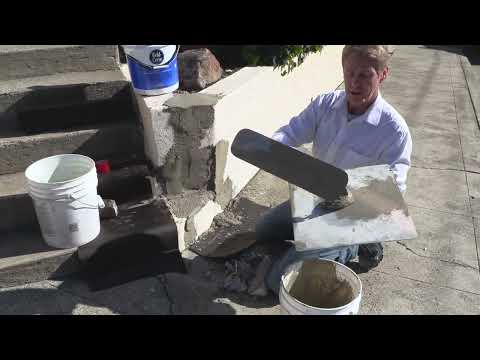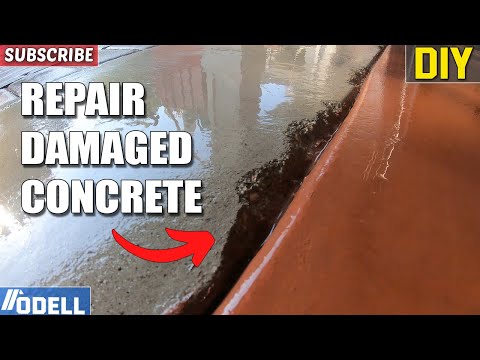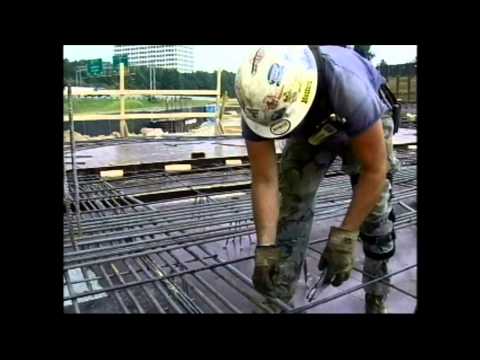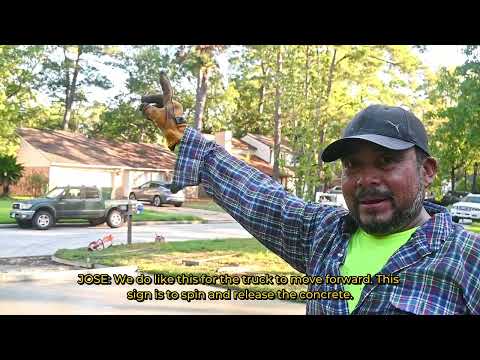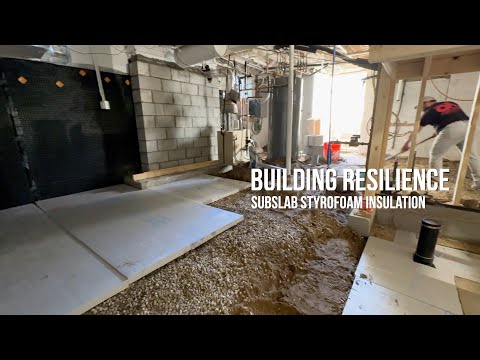Screeding concrete is critical to getting a flat or sloped slab, depending on what you need. The better job that you do at screeding concrete in the beginning, the easier it will be to float and finish the slab later.
If you do not have a magnesium screed, use a straight 2x4 or anything that is straight and strong enough to pull around a lot of concrete.
How to do it:
- Use fixed elevation points to set the grade. Form tops are a simple one and reference points, such as the bottom of a course of brick can be used. You can also create fixed elevation points by mounding-up concrete at various places within the slab area, that the screed board can reach. This job is small enough to not need that.
- Setting one end of the screed on a fixed point and using reference points to locate the opposite end, pull and fill the concrete surface to a flat finish. Sliding back and forth sideways helps distribute concrete to avoid pockets and low spots. Use your feet to kick concrete into low spots add you go.
- On this patio, there is a drain that can be used as a reference point. It is a smidge below where the top of the patio will be, so the concrete surface needs to be feathered down into it. Dave uses a four-foot 2x4 to swing an arc around the drain, giving an even slope into the drain.
EDITOR'S NOTE: CONCRETE IS CAUSTIC
Concrete eats skin through a chemical process called hydration. David is wearing shorts and no gloves in this video. He wears rubber boots to protect his feet but skips the gloves because he believes that he won't get his hands dirty. We believe him and trust his judgment for his own personal safety.
However, it must be pointed out that this stuff burns skin chemically.
"When cement is dry it contains calcium oxide, which is not particularly dangerous. However, when water is added to cement, calcium hydroxide is formed, which is extremely alkaline with a pH of 12 to 13. Normal human skin has a pH of 5.5; therefore, wet cement can produce alkaline (caustic) skin burns which progress and get worse without more exposure. A worker may have wet concrete on his or her skin for hours without feeling any discomfort; however, the cement is damaging the skin microscopically. Early identification of changes to the skin is important so steps can be taken to treat the affected area."
Concrete burns are not fake news. Don't mess around with it. See some disgusting images here.
